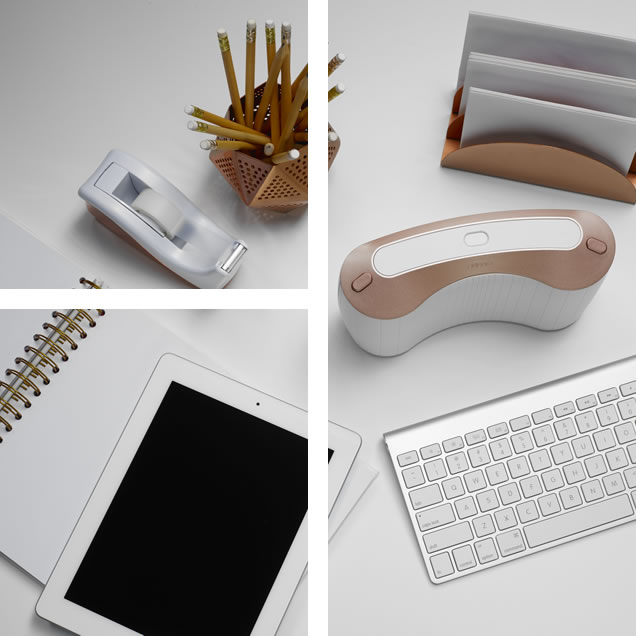

Treat in less than a minute.
Personalized treatment puts you in control…so well tolerated you can treat as early and often as needed.
Power
Press the center button to turn on your device
Position
Hold the SAVI Dual so it cradles to the back of your head.
Pulse
Press the treatment button to deliver a safe and therapeutic pulse

SAVI Dual is the only clinically effective central neuromodulation therapy developed to treat acute attacks and prevent future migraine days. This patented dual migraine therapy directly targets and signals the brain to quiet the hyperactive nerves thought to be the source of migraine.
If you have ever had an MRI you are familiar with the science and safety behind SAVI Dual . With a remarkable leap of innovation, SAVI Dual now allows you to use this ingenious technology for migraine therapy at home.
SAVI Dual delivers single low frequency electromagnetic fields that pass painlessly through bone and tissue. These non-invasive pulses signal the brain to calm hyperactive nerves and return to a natural state. This is often referred to as Single Pulse Transcranial Magnetic Stimulation (STMS).
The safety of non-invasive Single Pulse Transcranial Magnetic Stimulation (STMS) and low frequency magnetic pulses (MRI) has been well established over decades of use in clinical practice. A SAVI Dual pulse is about is half the strength used by a typical MRI with much shorter duration. A single SAVI Dual pulse is delivered in less than a second.

Our Customer Care team and Clinical Specialists are here to help you:


Stop and prevent migraine pain


Personalized treatment puts you in control


Individualized patient support


FDA Cleared


SAVI Smart Diary

SAVI Dual is a prescription therapy FDA Cleared for the acute and preventive treatment of migraine in adults and children (12 and older)